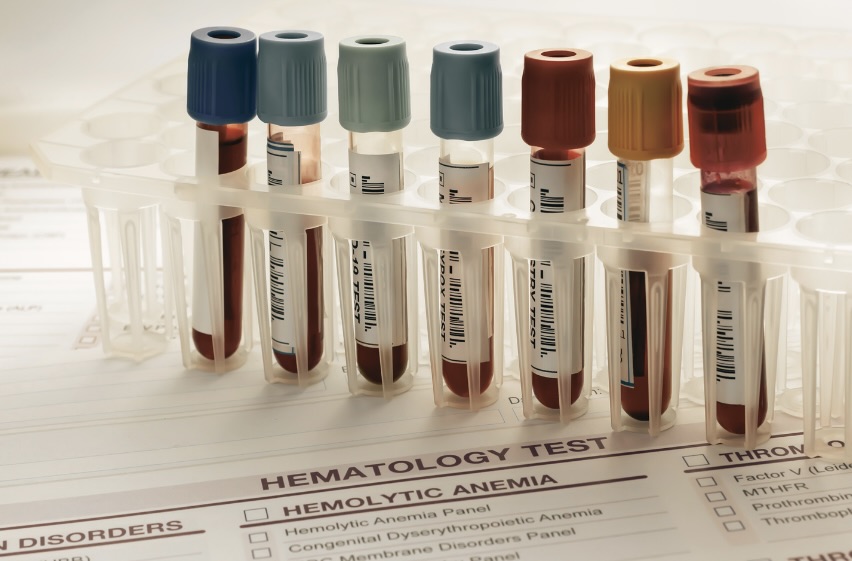From One-Size Fits-All to Precision Medicine
For decades, drug development was built on averages. A therapy was tested across thousands of patients, that data was pooled, and regulators judged whether the drug worked “well enough” for the general population. But medicine is rarely one-size-fits-all. Behind the statistics are individuals who respond differently—sometimes dramatically so—to the same treatment. This reality has fueled the rise of biomarkers, which are rapidly reshaping the way new medicines are discovered, tested, and delivered.
Biomarkers as Molecular Fingerprints
Biomarkers, whether they are genetic mutations, protein levels in blood, or subtle imaging readouts, act as molecular fingerprints that reveal how diseases behave and how patients may respond to therapy. In oncology, this shift has already revolutionized care. The discovery of the HER2 receptor in breast cancer, for example, not only explained why certain patients had more aggressive forms of the disease but also paved the way for trastuzumab, one of the first targeted biologics. Today, genetic profiling of tumors is standard practice, guiding physicians toward therapies matched to the biology of each patient’s cancer.
Beyond Oncology: Expanding to Other Diseases
This paradigm is no longer confined to oncology. Biomarkers are becoming essential tools across therapeutic areas, from cardiology to neurology. In Alzheimer’s disease, the ability to measure amyloid plaques through imaging or cerebrospinal fluid testing is transforming clinical trial design, allowing researchers to identify patients earlier and test whether new drugs can alter the disease trajectory before symptoms fully manifest. Similarly, in autoimmune conditions, protein-based biomarkers are helping clinicians predict which patients will benefit from biologic therapies and which may face serious side effects.
Changing the Drug Development Playbook
For drug developers, the implications are profound. Biomarkers are making trials smaller, faster, and more efficient. Instead of enrolling thousands of patients and hoping for a statistically significant effect, companies can now focus on subgroups that are most likely to respond. This not only increases the chances of success but also reduces the risk of exposing patients to ineffective treatments. Regulators, too, are embracing the trend. The FDA and EMA have developed pathways for qualifying biomarkers as official tools in drug development, and companion diagnostics are increasingly required for new targeted therapies.
Challenges on the Road Ahead
The growing role of biomarkers is not without its challenges. Validating a biomarker—proving that it is both scientifically reliable and clinically meaningful—is often as complex as developing the drug itself. Access is another concern. Advanced genomic or imaging tests remain expensive, and availability is uneven across healthcare systems and geographies. Without deliberate efforts to expand access, biomarker-driven therapies could widen the very inequities that precision medicine seeks to solve.
Looking to the Future
Still, the trajectory is clear. Biomarkers are no longer a scientific luxury; they are becoming the backbone of precision drug development. As digital health expands the definition of what counts as a biomarker—think wearable devices tracking heart rhythms or smartphone apps analyzing speech patterns—the field is set to move beyond the lab and into daily life.
A Defining Shift in Medicine
The question is not whether biomarkers will define the next era of medicine, but how quickly drug developers, regulators, and healthcare systems can adapt. If the last generation of biotechnology was defined by breakthroughs in what drugs could do, the next may be defined by knowing exactly who they should be for.


